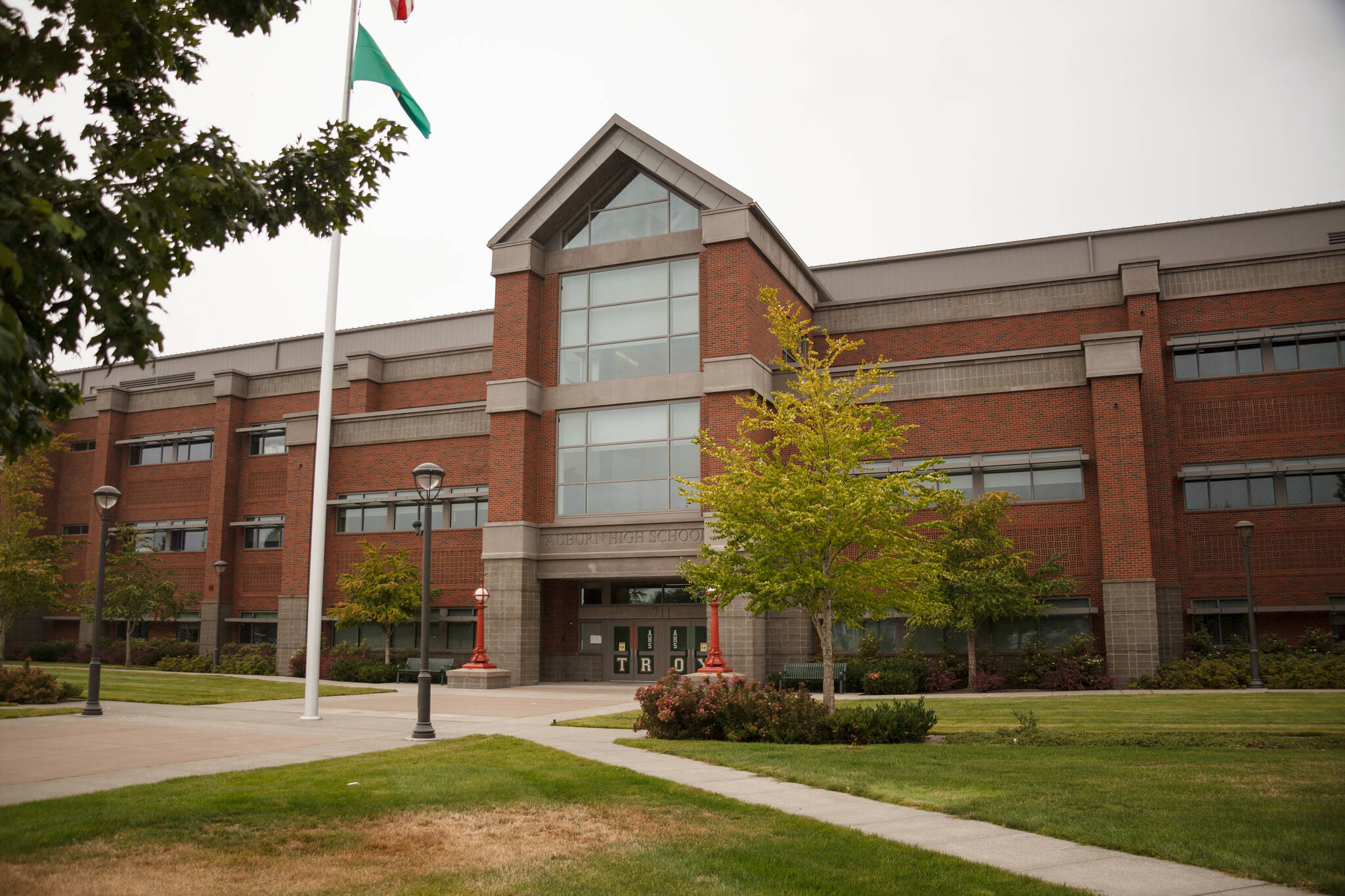The desire to continue school in-person in Auburn is shared among teachers and the district, but data suggests it might not be sustainable.
The omicron variant of the coronovirus has been spreading throughout the state, and schools are not immune. In the last two weeks (Dec. 29-Jan. 12), there have been 527 COVID-19 cases among Auburn students and staff, and since August 2021, there have been a total of 1,260 COVID-19 cases.
In other words, around 41% of all COVID-19 cases in the Auburn School District since August 2021 occurred in the last 14 days. COVID-19 rates among fully vaccinated people has sharply increased since omicron was detected in King County, according to the King County COVID-19 dashboard.
On Jan. 7 around 15% of school district staff were out sick, 67 teachers were absent with no substitute, and over 5,000 or about 29% of students were absent, Superintendent Alan Spicciati said.
It’s not clear how many students tested positive and how many were staying home as a precaution, but either way, nearly one-third of students weren’t in class.
There are 2,459 cases per 100,000 students in the Auburn School District, according to the King County Public Health website. The rate across Auburn is slightly lower at 2,343 cases per 100,000 residents.
The rate of COVID-19 among teachers along with the lack of substitutes has put a lot of extra strain on teachers who aren’t out sick, said Leslie LaFayette, a fourth grade teacher at Terminal Park Elementary.
“We’re tired because, in my building, Terminal Park, we have had double digit numbers of staff out since we’ve come back from break,” LaFayette said. “So that means I don’t have my planning period where I prep for class or conference with students or parents. I’ve been covering other teachers’ classes during my planning period.”
The remaining staff are looking around wondering who will get sick with COVID-19 next, LaFayette said.
Teachers are worried it will get to a point where there’s simply not enough staff to run the school, said Elaine Hogg, President of the Auburn Education Association.
“Teachers are burnt out, stressed, worried. We’re really concerned with what happens when we have such a large number of staff out that we can’t function as a school,” Hogg said.
Despite the difficult situation teachers are in, nobody wants to return to online learning.
“I’m not a fan of online learning. Quite frankly, it really stunk. It wasn’t fun for anyone,” LaFayette said. “I don’t want to go back to online learning, but when we look at the data, the data is very clearly showing us a picture.”
If there are only a handful of students in a classroom, going online for a few weeks might be the better option, LaFayette said.
The district plans to keep learning in person as long as it is “operationally feasible,” Spicciati said during the Auburn School Board meeting on Jan. 10.
The lack of substitute teachers is one of the biggest problems schools are facing as more and more teachers get sick with omicron, Hogg said. Without substitutes, teachers or other staff have to fill in for the absent teacher, Hogg said. In elementary schools, when a teacher is absent, students from their class are sometimes split between two other teachers who teach the same grade, Hogg said.
The teachers that take on the extra students then have to manage a class with 12 or 13 extra students, making social distancing even harder, Hogg said.
Not only is social distancing a concern with large class sizes, but so is the quality of education the students receive, Hogg said. All things considered, Hogg and LaFayette both said the district has done a good job listening to teachers and meeting their needs.
The Institute of Health Metrics and Evaluations (IHME) projects COVID-19 cases in Washington to peak in the next week. However, daily infections aren’t projected to return to pre-omicron levels until April 2022, according to the IHME.



